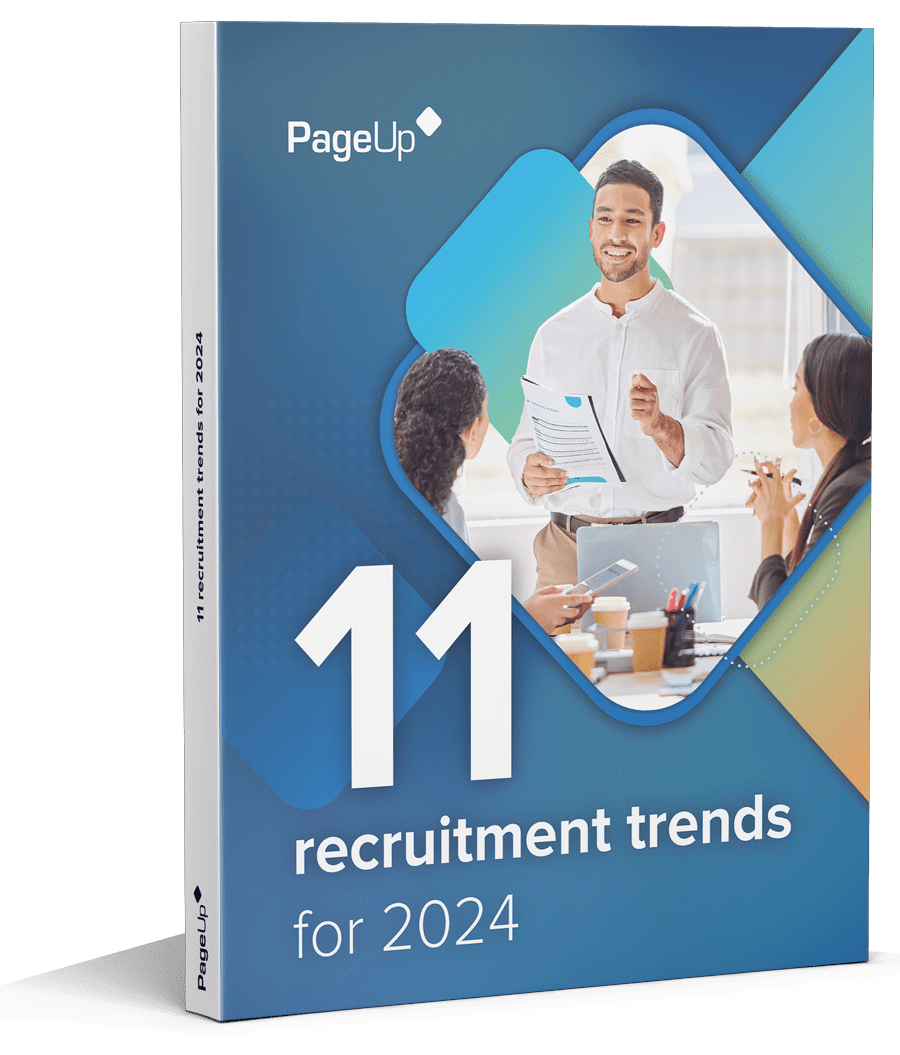The first blog in our three-part series, Skyrocketing staffing agency fees – how hospitals can take back control, uncovered the astronomical amounts US hospitals are paying in staffing agency fees. They’re investing millions of dollars to fill staffing gaps caused by high voluntary turnover rates. So what’s the solution? Our last blog explained how a fully integrated Applicant Tracking Systems (ATS) can be a cost-saving lifeline that speeds up and streamlines the overall recruitment process.
Hospitals looking to further curb their agency spend can reap the benefits of a robust Candidate Relationship Management (CRM) system. Hailed as the perfect partner to an ATS, implementing both systems together can:
- reduce the cost of sourcing
- decrease hospital dependency on staffing agencies
- promote and enhance your organisationorganization’s brand and Employee Value Proposition (EVP)
Here are six ways CRM systems can be used strategically to benefit your organisationorganization.
1. Implementing a solid CRM strategy
Sarah Forbes, Senior Vice President of North America & EMEA at PageUp has examined the role CRM strategies play in helping hospitals reduce their agency spend – and adding other efficiencies like continuous pipelining and communication. “A CRM system allows organisationsorganizations to identify, pipeline and communicate with the hidden talent out there that is just waiting for you to find them. Whether it’s via social sites such as Facebook, LinkedIn, Twitter, or your own internally hidden talent, the CRM capability can be tailored to support your organisationorganization’s needs,” says Forbes.
A CRM strategy can help organisationsorganizations build external talent networks and move candidates down the recruitment funnel without the need for agency fees or intervention.
The diagram below illustrates external talent networks and an explanation of the candidate relationship phases:
- Attract – attracting key potential talent to your organisationorganization through recruitment marketing and strong employee value propositions.
- Engage – encouraging potential talent to engage with your company in such a way that they want more information to commence building a relationship with you.
- Assess – company and potential talent move into a more serious consideration of pursuing opportunities with each other.
- Nurture – nurturing relationships that have been created through earlier phases to keep them well engaged and well positioned when a role comes up.
- Invite – confirming that the potential talent is suitable for roles that are currently on offer and inviting them to apply for the role.
- Convert – completing the recruitment and onboarding process to hire your new talent and not covered by TRM systems.
“We have a hospital client who implemented our CRM system. In the first six months of operations with PageUp, they saved $US1.2 million,” says Forbes.
2. A bird’s eye view of talent pools
CRM systems allow you to identify at-a-glance the talent required to fill open roles: whether that’s permanent positions, or last-minute shift allocations for casual workers.

Implementing a CRM system eliminates the need to pay agencies to source candidates. Keeping all of your talent in one pool enables your in-house recruitment teams to qualify top candidates and move them into prospect status with ease and transparency. When roles arise, you have the right people at your fingertips to fill them.
3. Drive your social sourcing capability
What channels are your candidates using to search for roles? Intelligent CRM systems have built-in functionality to connect with candidates on popular social platforms, including Facebook, LinkedIn and Twitter.
4. Capture candidates anytime
Proactive candidates visit the websites of organisationsorganizations they’d like to work with. It’s important to connect with these people even if you don’t have a role for them immediately. An intuitive CRM system has capabilities to allow talent to register their interest anytime, anywhere. PageUp’s CRM system offers a versatile widget that can be placed on your website, careers site and intranet pages.
5. Search talent pools with ease
Without proper CRM capabilities, hospitals don’t have visibility of their talent pools or the quality of the candidates in them. “This is one of the key reasons HR teams lean on recruitment agencies to source candidates, and why they end up paying millions in fees,” says Forbes. A fully integrated CRM enables you to easily search your database to identify hidden talent, skills, competencies, roles, locations, certifications and qualifications.
“For our customers, implementing a CRM has reduced their financial reliance on third party staffing agencies. One client reported a 17% increase in talent pool placements in the first year of using a CRM,” says Forbes.
“One client reported a 17% increase in talent pool placements in the first year of using a CRM.”
6. Build and nurture direct relationships
Once you have identified people and placed them in the appropriate talent pool, it’s time to build the relationship. Ultimately, you want them to work for you – so it pays to nurture this pool and keep them warm. PageUp’s CRM enables direct communications with talent and allows organisationsorganizations to measure the effectiveness of these touchpoints.
The rate of conversion from potential talent to employee can be measured using built-in analytics dashboards. This tells an important story about the effectiveness of your talent pooling. “Everything is easily trackable and conveniently housed in one place, so you’re always on top of your data and statistics,” says Forbes.
The future of CRM and integration with AI
Technology is already making the recruitment process more streamlined and cost efficient. Artificial Intelligence Assistants like Mya are creating ripples in the recruitment space by engaging with both active and passive candidates through dynamic, virtual conversations.
Forbes is excited about the possibilities this presents to optimiseoptimize the candidate experience: to quickly find talent, nurture candidates and build a high-touch, automated candidate pipeline. “We’re already looking into the possibility of integrating AI capabilities like Mya with our CRM platform to really foster that end-to-end candidate lifecycle, while freeing up recruiters to work on more mission-critical tasks,” she says.
Our third and final blog in this series: How one US Hospital saved millions by centralising and streamlining their hiring practices, will take a case study approach that explores how a fully integrated CRM implementation saved one US hospital millions in their yearly recruitment spend.
See how PageUp can help optimiseoptimize talent management for your organisationorganization – arrange a demonstration
Fresh insights for HR
Stay up to date with HR trends, tips and more when you sign up for our industry newsletter





